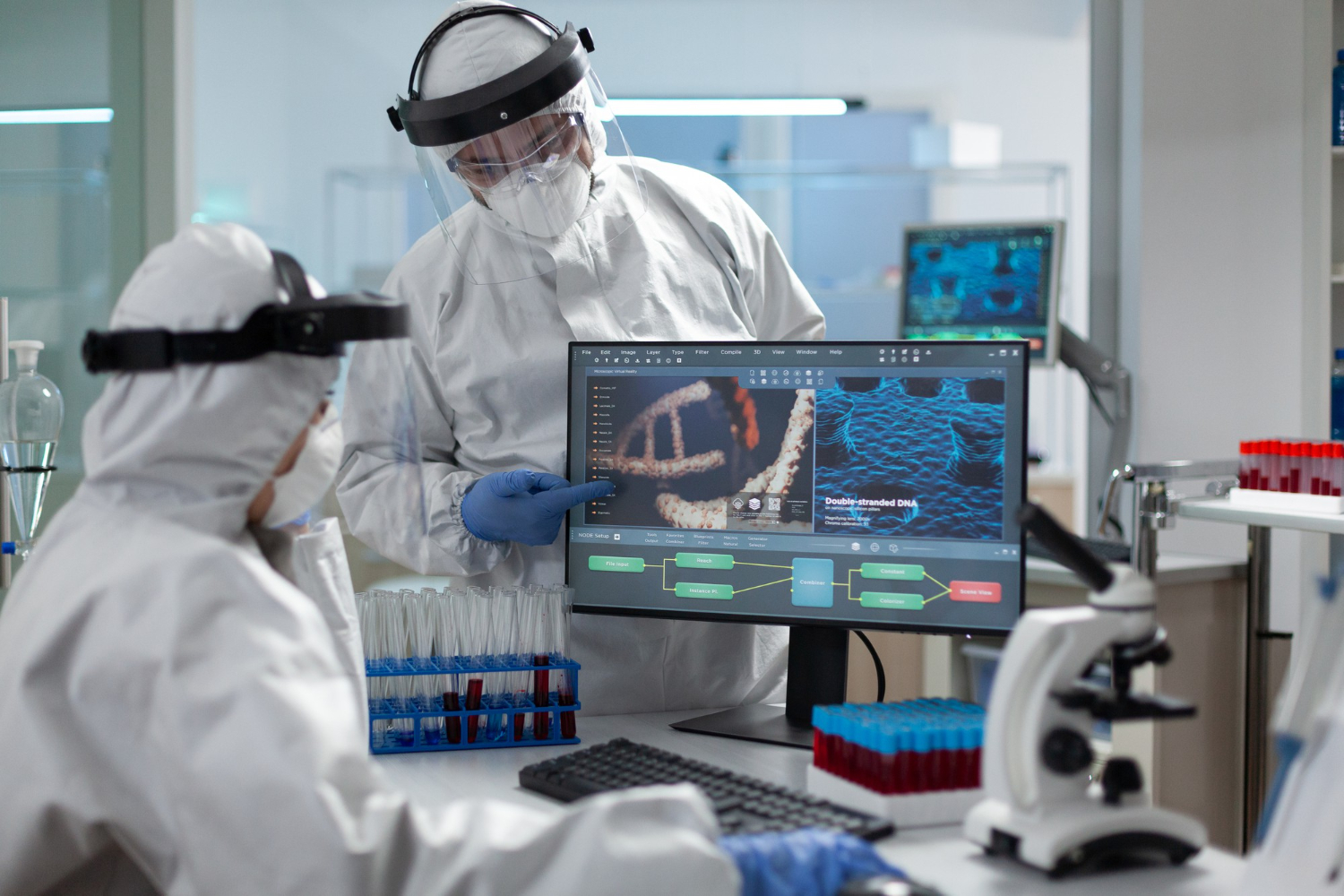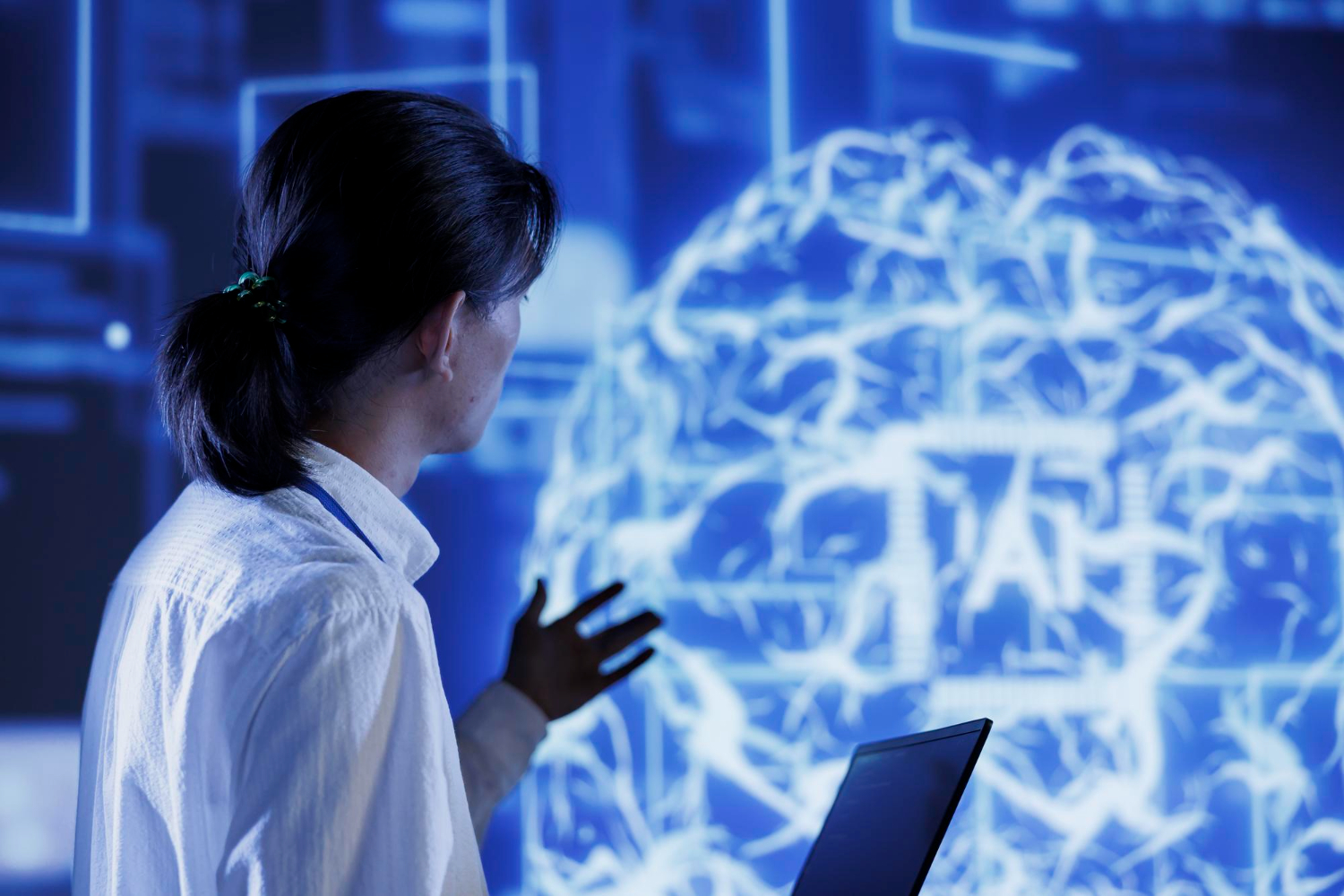Introduction
Immersive technologies have redefined how humans interact with the digital and physical worlds, offering experiences that were once treated as science fiction. At the top of this transformation pyramid is Extended Reality (XR), an umbrella term that includes Virtual Reality (VR), Augmented Reality (AR), and Mixed Reality (MR). XR combines real and virtual environments to create immersive experiences consisting of real objects overlaid with digital objects that blur the boundaries between the two. Central to these advances is Artificial Intelligence (AI) and Computer Vision (CV), technologies that enable object recognition, gesture control, and adaptive content delivery in real time. Additionally, real-time processing is crucial to ensure seamless digital interactions, allowing XR technologies to respond instantaneously to user actions. The evolution of XR holds great potential in industries like healthcare, education, and entertainment, potentially signalling a future where immersive technologies dominate our interaction with the digital and physical worlds. Let us see how!
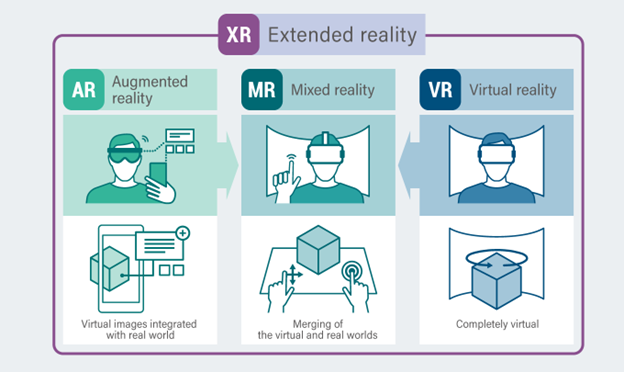
Understanding Extended Reality (XR) and Its Components
To proceed, we need to examine what each of the terms VR, AR, MR, and XR really mean, as people tend to mix them quite often. VR lets users be fully immersed in digital environments, transferring users into simulated 3D worlds where they can interact with objects and scenarios without being constrained by physical reality. AR, in contrast, overlays digital information on real-world environments through mobile devices such as smartphones or smart glasses, ‘enhancing’ (or increasing) the perception of users of their environment. For example, apps like ‘The Place’ by Ikea (IKEA Global, 2017) use AR to project virtual furniture into physical spaces and improve customer experience, while Google Lens identifies objects in real time using AI-driven image recognition (Google, n. d.). Mixed Reality (MR) bridges these domains, seamlessly blending physical and digital elements with the added capability of interacting with the digital features with actions like swiping, grasping, tapping, pushing or pulling. Together, these technologies form Extended Reality (XR), a unified framework of next-gen immersive experiences, underscoring (in our opinion) a potential to redefine human engagement with both virtual and physical spaces.
Read more: Mixed Reality - The Integration of VR, AR, and XR
The Role of AI and Computer Vision in XR
At the heart of the XR’s advancement is Generative AI, a technology capable of creating dynamic and interactive digital spaces. Tools powered by Generative Adversarial Networks (GANs) enable the real-time generation of hyper-realistic 3D environments, taking XR applications in fields such as gaming, virtual retail, and training simulations to the next level (Amazon Web Services, n. d.). Complementing this, CV serves as the foundation of XR by enabling real-time object recognition, tracking, and gesture control. For instance, techniques like simultaneous localisation and mapping (SLAM) allow XR systems to map physical spaces accurately while recognising objects and user movements through motion tracking using visual cameras, LiDAR sensors, or a combination of the two (Klingler, 2024). Furthermore, AI-driven personalisation offers customised experiences to individual users by analysing behavioural data to dynamically adapt content. This is particularly impactful in areas such as education and healthcare, where adaptive XR environments can enhance learning by understanding the learning curve of each individual or improving medical training (Reiners et al., 2021).

Emerging Technologies Transforming XR
Tech Solutions
As XR continues to evolve, several emerging technologies are transforming this immersive experience. A significant advancement is the development of AI-powered operating systems, such as Android XR, which integrates Gemini AI to improve user interactions with real-time translation and environmental awareness. This operating system, developed in collaboration with Samsung and Qualcomm, aims to unify the use of immersive apps and content across various devices, simplifying the transition for developers and users alike (Android, n.d.).
Complementing these advances is the adoption of hands-free navigation using voice and gesture controls. One of the characteristics of the above-mentioned Android XR is that it supports a gesture navigation system that allows users to interact with virtual interfaces using intuitive hand gestures, such as pinching or sliding, to activate commands. Τhis gesture-based interaction enhances user engagement by reducing manual input.
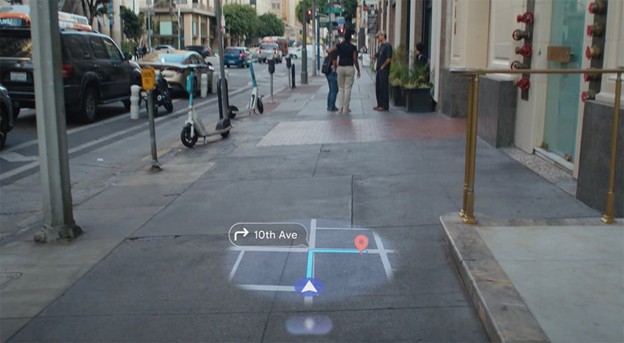
Lastly, VR headsets are evolving towards more lightweight and high-resolution designs, which is crucial for prolonged use in applications like education and healthcare. It all began with VR headsets like the Oculus Rift, but since then, many companies have made their own approach without necessarily being game-orientated. We have the Apple Vision Pro, and before that, we had the Microsoft Hololens. Meta, on the other hand, has its own approach with Quest 3, or a lighter version of a VR, more like smart glasses, we would say, the Meta Smart Glasses in collaboration with Ray-Ban. Yet, not only tech giants have their sights aimed towards this market. The Pimax Dream Air, for example, is a compact VR headset featuring a lightweight design and advanced systems to ensure comfort during extended use. As in all fields, it seems like companies are also in a race in this one. It will be exciting to see who will finish first and how long they will hold the lead. These technological advances are set to re-establish the boundaries of immersive experiences, making them more accessible and engaging in various industries.
Read more: Augmented Reality and 3D Modelling: The Future of Design
Real-world applications
Starting with the healthcare sector, XR is an important ally in preoperative planning and interventional procedures. For example, surgeons can now employ AR to overlay anatomical 3D models on the body of a patient during surgery, improving precision and outcomes (Gundi, 2023). Similarly, VR is being used in pain management and mental health treatments, offering patients controlled virtual environments to combat anxiety or chronic pain (Viderman et al., 2023). Outside the field, XR has transformed medical education by enabling students to practice complex procedures in a risk-free virtual setting. Medicine and nursing schools are integrating VR-based simulations into their curriculums, allowing students to diagnose and treat virtual patients while receiving real-time feedback from instructors (Pottle, 2019).
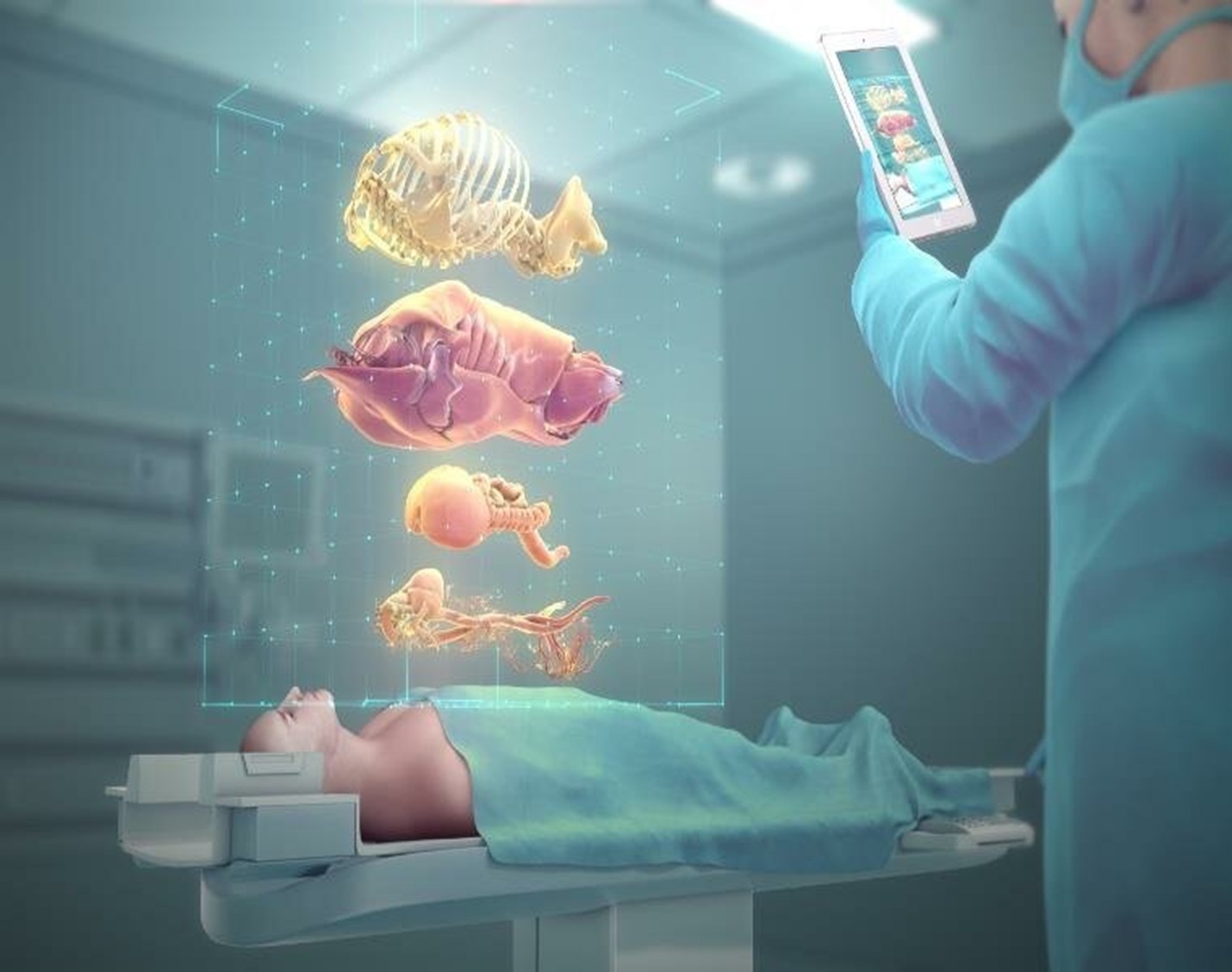
In education, XR is closing the gap between theoretical learning and hands-on experience. Through VR headsets, students can explore historical sites or conduct virtual science experiments that would otherwise be inaccessible due to logistical or financial constraints. This immersive approach not only enhances engagement but also promotes diverse learning styles by providing interactive visual content. You can read more about AR and education in our related article on AR and QR codes.
The entertainment industry was one of the first to embrace XR as a tool to create thrilling user experiences. VR gaming has evolved from simple simulations into fully immersive worlds in which players can interact with their surroundings in real time. Platforms such as Meta’s Horizon Worlds enable users to socialise and collaborate in shared virtual spaces. Most likely, you are thinking, ‘how realistic can it be if you cannot feel the movement?’ In fact, you can! Inspired by the movie ‘Ready Player One’, companies such as Infinadeck and Virtuix have created omnidirectional treadmills, maximising the level of VR experience.

Last but not least, AR has found its way into live events and performances. For example, bands like U2 and Maroon 5 gave AR-enhanced concerts, allowing audiences to experience holographic visuals or sing karaoke-style through Snapchat. The result was a multisensory spectacle performance (Mileva, 2020).
Read more: Real-Time AI Motion Tracking in XR Experiences
Summing Up
It is true that real life is beautiful already, but this does not mean that it cannot be enhanced. The many applications of XR are fascinating and they are limited only by our imagination. There is a wide range of applications, from gaming and concerts to medical and nursery training, education, and science experiments, and even intuitive shopping. Are there drawbacks? As with everything, yes, as people will be spending more time in front of the screen. However, whether the pros beat the cons can be decided individually by each of us. For us, balance is the key to everything. Quoting the Swiss doctor Paracelsus, ‘All things are poison, and nothing is without poison; only the dose makes a thing not a poison’.
What We Offer
At TechnoLynx, we truly know how interactivity makes things much more interesting. We enjoy providing custom-tailored solutions for every need, on-demand, from zero, specifically designed for every single project, regardless of the field of application. Our speciality is providing cutting-edge solutions, analysing large data sets, and at the same time addressing ethical considerations, never sacrificing safety in human-machine interactions.
Our solutions include precise software development, empowering many fields and industries using XR because we understand how exhausting tasks without interaction can be. We constantly evolve and adapt to the constantly changing technological landscape, doing everything necessary to improve the accuracy, productivity, and efficiency of any project while at the same time reducing costs. Share your project with us through our Contact Us page, let us do our thing, and watch your project fly!
Continue reading: The Rise of Futuristic AR Powered by Advanced AI
List of References
-
Amazon Web Services (n. d.) – What is a GAN? - Generative Adversarial Networks Explained (Accessed: 23 March 2025).
-
Android (n. d.) – Learn more about Android XR (Accessed: 23 March 2025).
-
Dexerials (2023) – VR, AR, MR, and XR Technology – The Growing Metaverse Market (Accessed: 24 March 2025).
-
Freepik (n.d.) - Person wearing futuristic high tech virtual reality glasses.
-
Google (n. d.) – Google Lens - Search What You See (Accessed: 23 March 2025).
-
Gundi, J. (2023) – Extended Reality in Healthcare (Accessed: 23 March 2025).
-
IKEA Global (2017) – Launch of New IKEA Place App, IKEA (Accessed: 24 March 2025).
-
Jangra, S., Singh, G. and Mantri, A. (2022) – A Systematic Review of Applications and Tools Used in Virtual Reality and Augmented Reality, ECS Transactions, 107, pp. 6781–6788. Available at: https://doi.org/10.1149/10701.6781ecst.
-
Klingler, N. (2024) – Computer Vision in AR and VR - The Complete 2025 Guide (Accessed: 23 March 2025).
-
Mileva, G. (2020) – Using Augmented Reality To Elevate The Concert Experience (Accessed: 23 March 2025).
-
Pottle, J. (2019) – Virtual Reality and the Transformation of Medical Education, Future Healthcare Journal, 6(3), pp. 181–185. Available at: https://doi.org/10.7861/fhj.2019-0036.
-
Reiners, D. et al. (2021) – The Combination of Artificial Intelligence and Extended Reality: A Systematic Review, Frontiers in Virtual Reality, 2. Available at: https://doi.org/10.3389/frvir.2021.721933.
-
Starhub Asia (2024) – Google’s Android XR: Ushering in New Era of Smart Glasses (Accessed: 24 March 2025).
-
Viderman, D. et al. (2023) – Virtual Reality for Pain Management: An Umbrella Review, Frontiers in Medicine, 10. Available at: https://doi.org/10.3389/fmed.2023.1203670.
-
Virtuix (n. d.) – Omni One (Accessed: 24 March 2025).
-
Yarovoi, A. and Cho, Y.K. (2024) – Review of Simultaneous Localization and Mapping (SLAM) for Construction Robotics Applications, Automation in Construction, 162, p. 105344. Available at: https://doi.org/10.1016/j.autcon.2024.105344.





